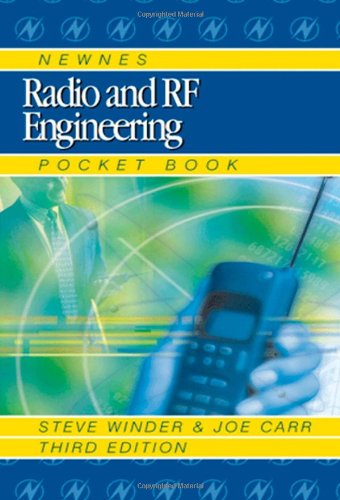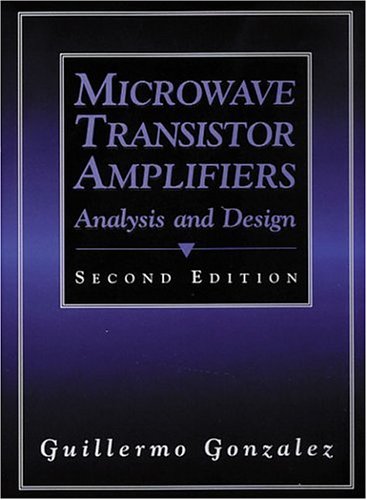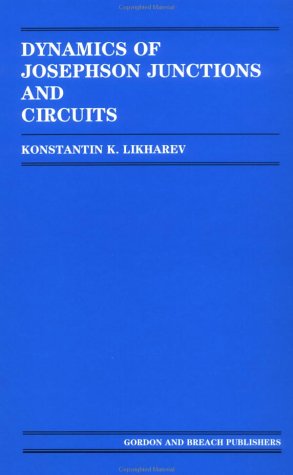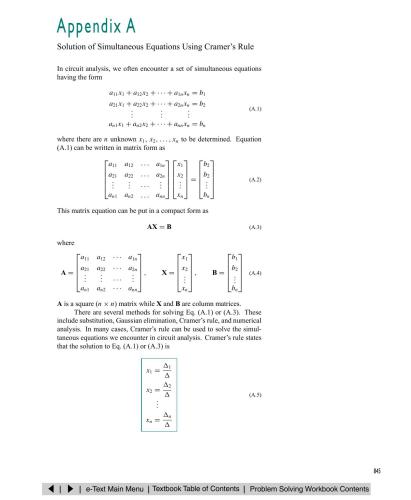Steve Winder, Joseph Carr9780750656085, 0-7506-5608-5
Table of contents :
Contents……Page 4
Acknowledgements……Page 10
Preface to third edition……Page 11
1.2 The radio frequency spectrum……Page 12
1.4 Formation of radio waves……Page 14
1.5 Behaviour of radio waves……Page 18
1.6 Methods of propagation……Page 24
1.7 Other propagation topics……Page 29
2.2 Decibels referred to absolute values……Page 36
3.2 Impedance matching……Page 46
3.4 Balanced line hybrids……Page 47
3.5 Radio frequency lines……Page 48
3.6 Waveguides……Page 56
3.7 Other transmission line considerations……Page 58
4.1 Antenna characteristics……Page 63
4.2 Antenna types……Page 67
4.3 VHF and UHF antennas……Page 72
4.4 Microwave antennas……Page 80
4.5 Loop antennas……Page 84
5.1 Series and parallel tuned circuits……Page 90
5.3 Coupled (band-pass) resonant circuits……Page 92
6.2 Tunable oscillators……Page 96
6.3 Quartz crystal oscillators……Page 98
6.4 Frequency synthesizers……Page 100
6.5 Caesium and rubidium frequency standards……Page 104
7.1 Piezo-electric effect……Page 106
7.2 Quartz crystal characteristics……Page 108
7.3 Specifying quartz crystals……Page 112
7.4 Filters……Page 113
7.5 SAW filters and resonators……Page 116
8.1 Bandwidth of signals at base band……Page 121
8.2 Modulation……Page 123
8.3 Analogue modulation……Page 124
8.4 Digital modulation……Page 134
8.5 Spread spectrum transmission……Page 140
9.2 National planning……Page 143
9.3 Designations of radio emissions……Page 145
9.5 General frequency allocations……Page 146
9.6 Classes of radio stations……Page 150
9.7 Radio wavebands……Page 153
10.1 Transmitters……Page 154
10.2 Receivers……Page 159
10.3 Programmable equipment……Page 168
11.2 Propagation……Page 170
11.4 Fresnel zones, reflections and multi-path fading……Page 172
11.5 Performance criteria for analogue and digital links……Page 175
11.8 Example of microwave link plan……Page 176
12.1 Encryption principles……Page 178
12.2 Speech encryption……Page 179
12.3 Data encryption……Page 180
12.5 Classification of security……Page 183
13.1 Frequency division multiplex……Page 184
13.2 Time division multiplex (TDM)……Page 185
13.3 Code division multiple access (CDMA)……Page 188
14.2 Pulse code modulation……Page 190
14.4 The G728 low delay CELP codec……Page 192
14.5 The GSM codec……Page 193
15.1 Operating procedures……Page 194
15.3 Common base station (CBS) operation……Page 197
15.4 Wide area coverage……Page 198
16.1 Sub-audio signalling……Page 205
16.2 In-band tone and digital signalling……Page 206
16.3 Digital signalling……Page 208
16.4 Standard PSTN tones……Page 209
17.1 Channel occupancy and availability……Page 211
17.2 Trunking……Page 212
17.4 Trunking to MPT 1327 specification……Page 214
18.1 Paging……Page 216
18.2 Cordless telephones……Page 217
18.3 Trunked radio……Page 218
18.4 Analogue cellular radio-telephone networks……Page 219
18.5 Global system mobile……Page 220
18.6 Other digital mobile systems……Page 222
18.7 Private mobile radio (PMR)……Page 223
18.8 UK CB radio……Page 224
19.3 Choice of site……Page 225
19.4 Masts and towers……Page 226
19.5 Installation of electronic equipment……Page 227
19.6 Earthing and protection against lightning……Page 228
19.7 Erection of antennas……Page 230
19.8 Interference……Page 232
19.9 Antenna multi-coupling……Page 236
19.10 Emergency power supplies……Page 237
19.11 Approval and certification……Page 238
20.1 Accuracy, resolution and stability……Page 240
20.2 Audio instruments……Page 241
20.3 Radio frequency instruments……Page 242
21.1 Cell characteristics……Page 247
21.2 Non-rechargeable, primary batteries……Page 249
21.3 Rechargeable batteries……Page 253
22.1 Earth orbits……Page 257
22.3 Proposed satellite television formats……Page 259
22.4 Global positioning system (GPS)……Page 263
23.1 Audio and video connectors……Page 267
23.2 Co-axial connector……Page 269
23.3 Interfaces……Page 279
24.1 Standard frequency and time transmissions……Page 292
24.2 Standard frequency formats……Page 294
24.4 BBC VHF test tone transmissions……Page 295
24.5 Engineering information about broadcast services……Page 298
24.6 Characteristics of UHF terrestrial television systems……Page 299
24.7 Terrestrial television channels……Page 302
24.8 Terrestrial television aerial dimensions……Page 305
24.9 AM broadcast station classes (USA)……Page 306
24.10 FM broadcast frequencies and channel numbers ( USA)……Page 307
24.11 US television channel assignments……Page 310
24.12 License-free bands……Page 312
24.13 Calculating radio antenna great circle bearings……Page 313
25.1 Abbreviations……Page 318
25.2 Letter symbols by unit name……Page 324
25.3 Electric quantities……Page 332
26.2 Electrical relationships……Page 334
26.4 Fundamental units……Page 335
26.6 Standard units……Page 336
26.8 Useful formulae……Page 338
26.9 Colour codes……Page 345
Index……Page 348







Reviews
There are no reviews yet.